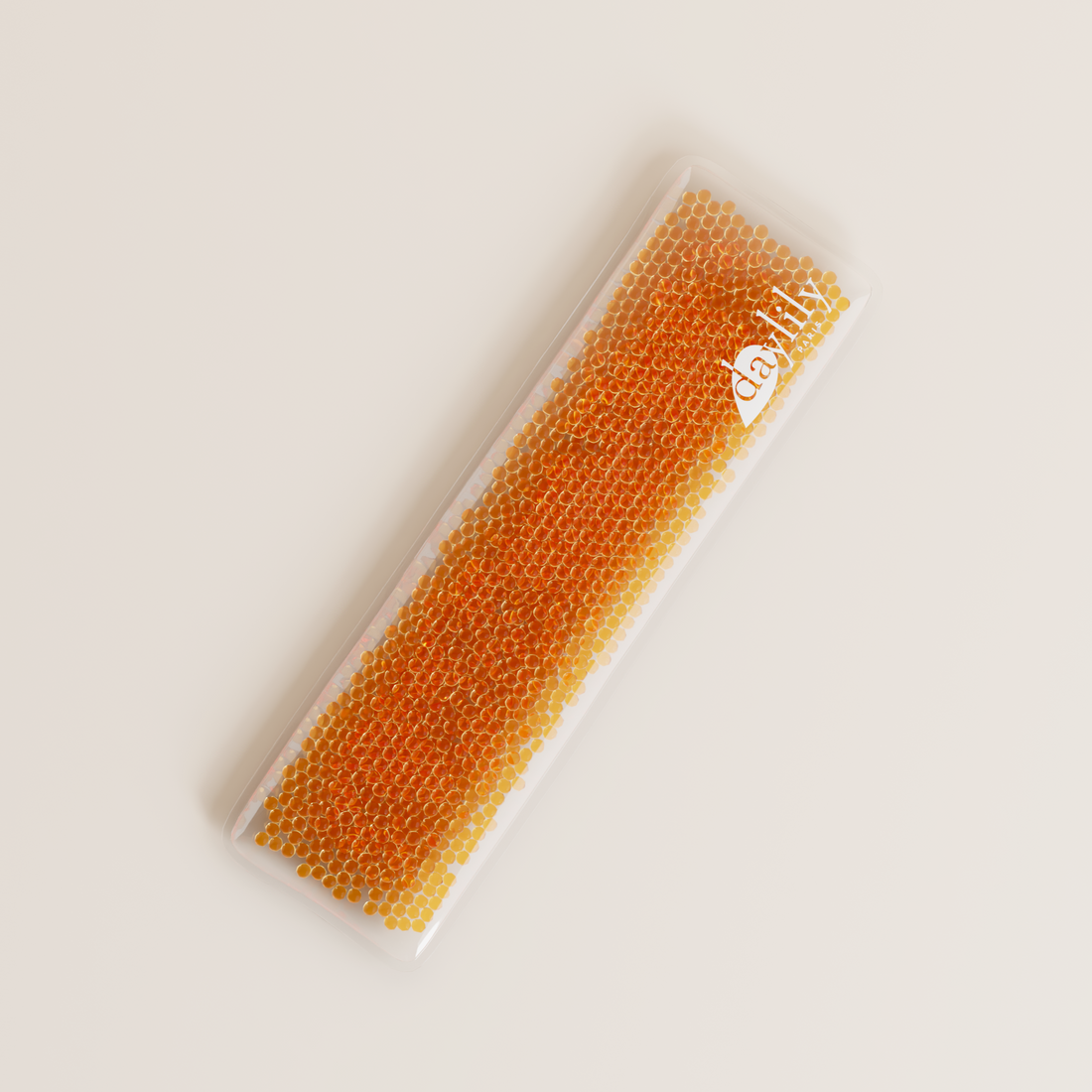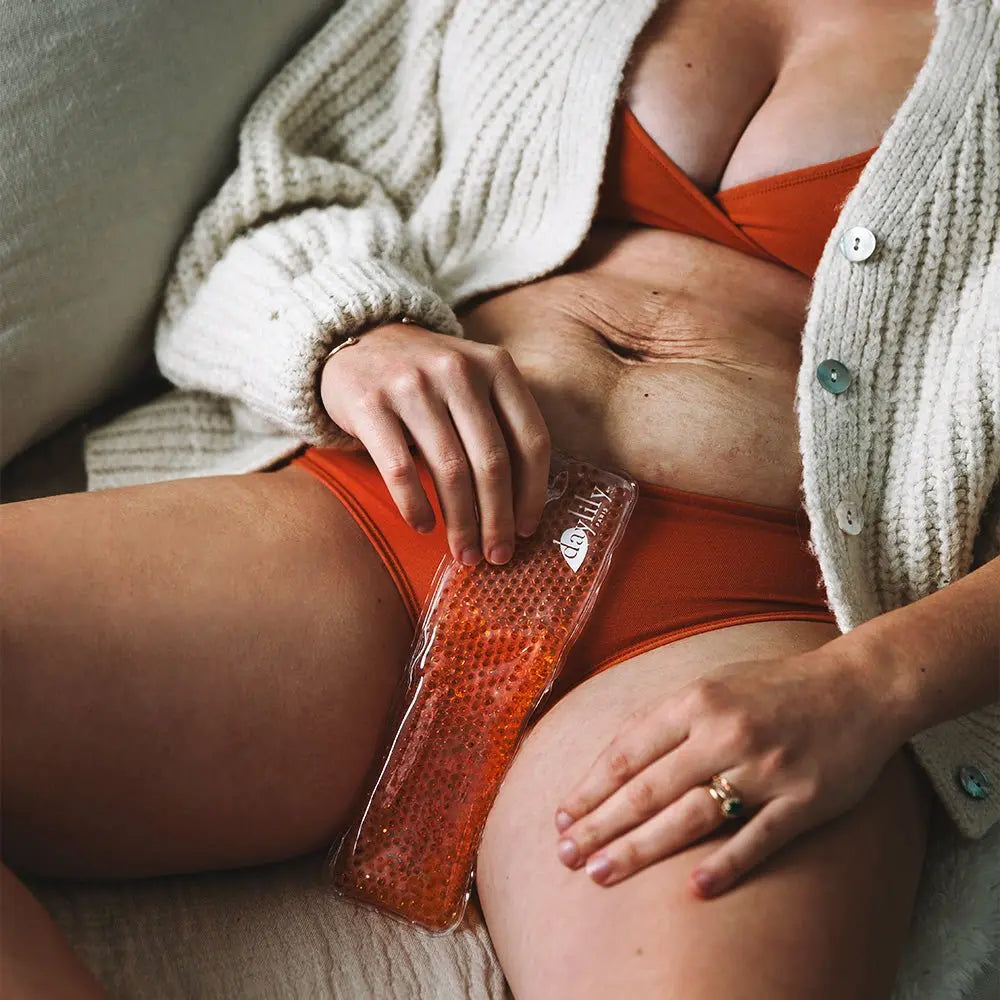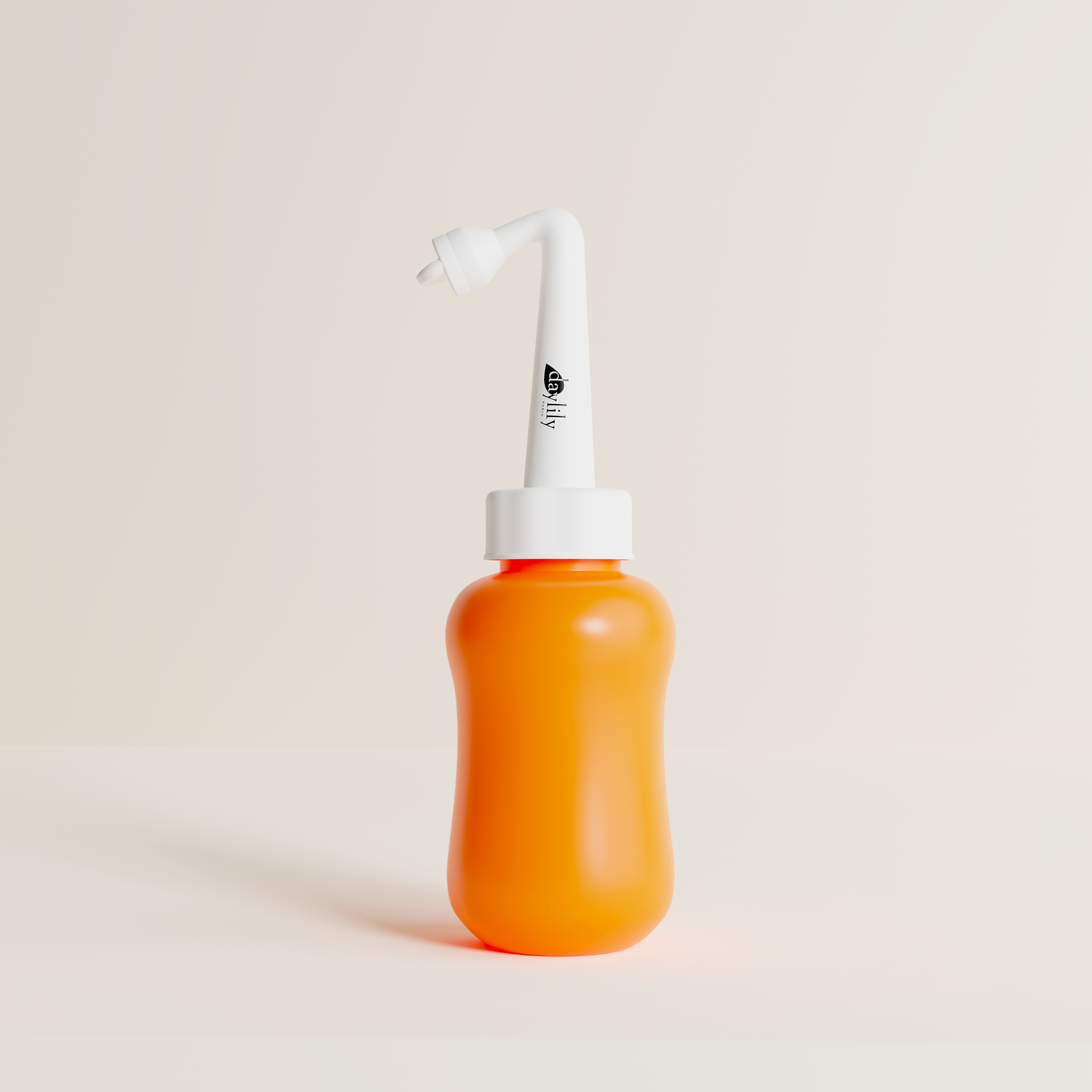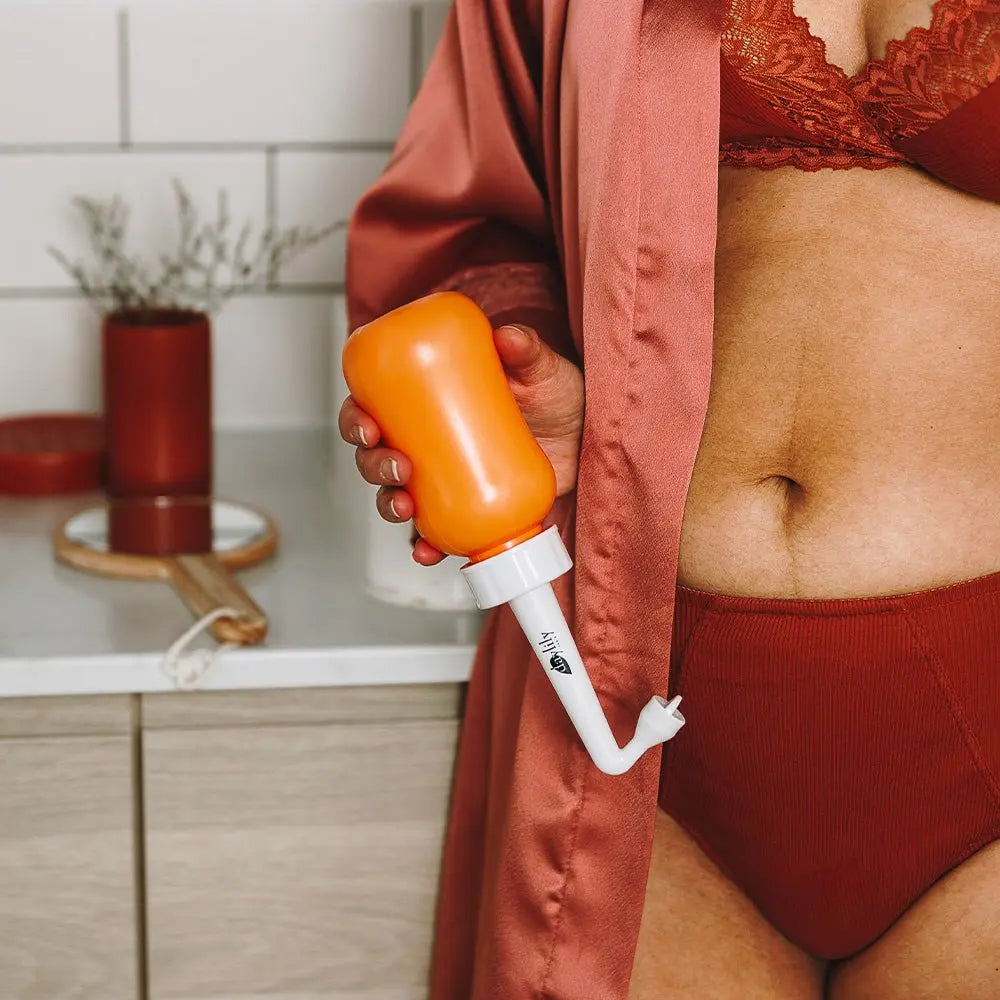- What exactly are the trenches?
- Factors that promote painful trenches
- How to better cope with the pain of the trenches?
- What if the pain doesn't go away?
What exactly are the trenches?
In the days following childbirth, the woman's body will undergo many upheavals. Among these changes, we can cite:
- The drop in hormones, and estrogen in particular, which occurs quickly. It is she who can be at the origin of the baby blues or postnatal depression.
- The blood loss, called lochia, will last for 3 to 6 weeks. They aim to eliminate, among other things, the remains of the placenta and uterine lining.
- A more sensitive breast, which will increase in volume if you breastfeed. If you do not breastfeed, you will still have a first flow of milk, which will not be stimulated by your baby.
- The trenches, these spasms of the uterus, are also present. Perhaps you heard about it in your childbirth preparation classes.
If this is not the case, know that this somewhat barbaric term simply refers to the contractions that appear after the baby is born. They come in waves. These muscle spasms in the lower abdomen can make you think of period pain. You thought you were done with contractions now that your child was born, that's not quite the case. Most women will have to deal with this pain, which is more or less intense in the days following childbirth, depending on the young mother.
Just after giving birth, the body will work to return to normal. Contractions will help the uterus return to its pre-pregnancy position and dimensions: it will quickly decrease in volume after birth, but it will still take 4 to 8 weeks for it to return to its original size.
The trenches will also allow the vessels of the uterus to be closed to limit postpartum bleeding, and help to expel the last debris present: blood clots, remains of mucous membrane, etc.
If you gave birth by cesarean section, you may also experience these unpleasant spasms. As with a vaginal birth, the body must eliminate the last debris. The trenches will not hinder the healing process, because your scar is located on the lower part of the uterus, and only the upper part contracts. But to the pain of the suture can be added that of the contractions... The same in the case of episiotomy, because the vagina/perineum area is weakened.
Factors that promote painful trenches
Faced with uterine spasms, not all women are equal. Some will barely notice them, while others will feel sharp pain.
You are more likely to fall into the second category if:
- You already have one or more children. It is customary to say that the trenches intensify with each childbirth: if they can go unnoticed for a first baby, they are generally more intense for a second, third or more child.
- You are breastfeeding. What is the link with breastfeeding ? Well, when the baby breastfeeds, it will trigger the production of oxytocin, the “feel-good hormone”, which will also stimulate the flow of milk and accelerate uterine contractions. This is why trenches are often amplified during feedings. It is said that young breastfeeding mothers find a flat stomach more quickly thanks to these contractions. Something to perhaps console yourself with while waiting for the pain to subside!
How to better cope with the pain of the trenches?
Because trenches are necessary for the body, the idea is not to remove them, but to help you cope with them better. If you have pain, you can take painkillers or anti-inflammatories. The maternity staff will certainly have offered some to you, otherwise don't hesitate to ask for some. Also remember to urinate often, as a full bladder will increase pressure on the uterus.
When it comes to natural remedies, different solutions exist. Because trenches are similar to labor contractions, you can practice the breathing exercises learned in childbirth classes. Your midwife has certainly taught you different techniques to support a contraction, don't hesitate to use them again!
Some homeopathic treatments can be very effective: remember to seek advice from your doctor or naturopath before going to the maternity ward.

Another tip: placing a hot water bottle on the painful area will relieve the trenches . The heat will help the muscles relax. We invite you to discover Mama Cool , which is a gel strip to be used warm to alleviate trenches and other ailments. It can also be applied cold to relieve possible perineal pain or even help you cope with hemorrhoids. It is available in our Mama Saver kit with other products that will help you and accompany you on the path to a more peaceful postpartum.
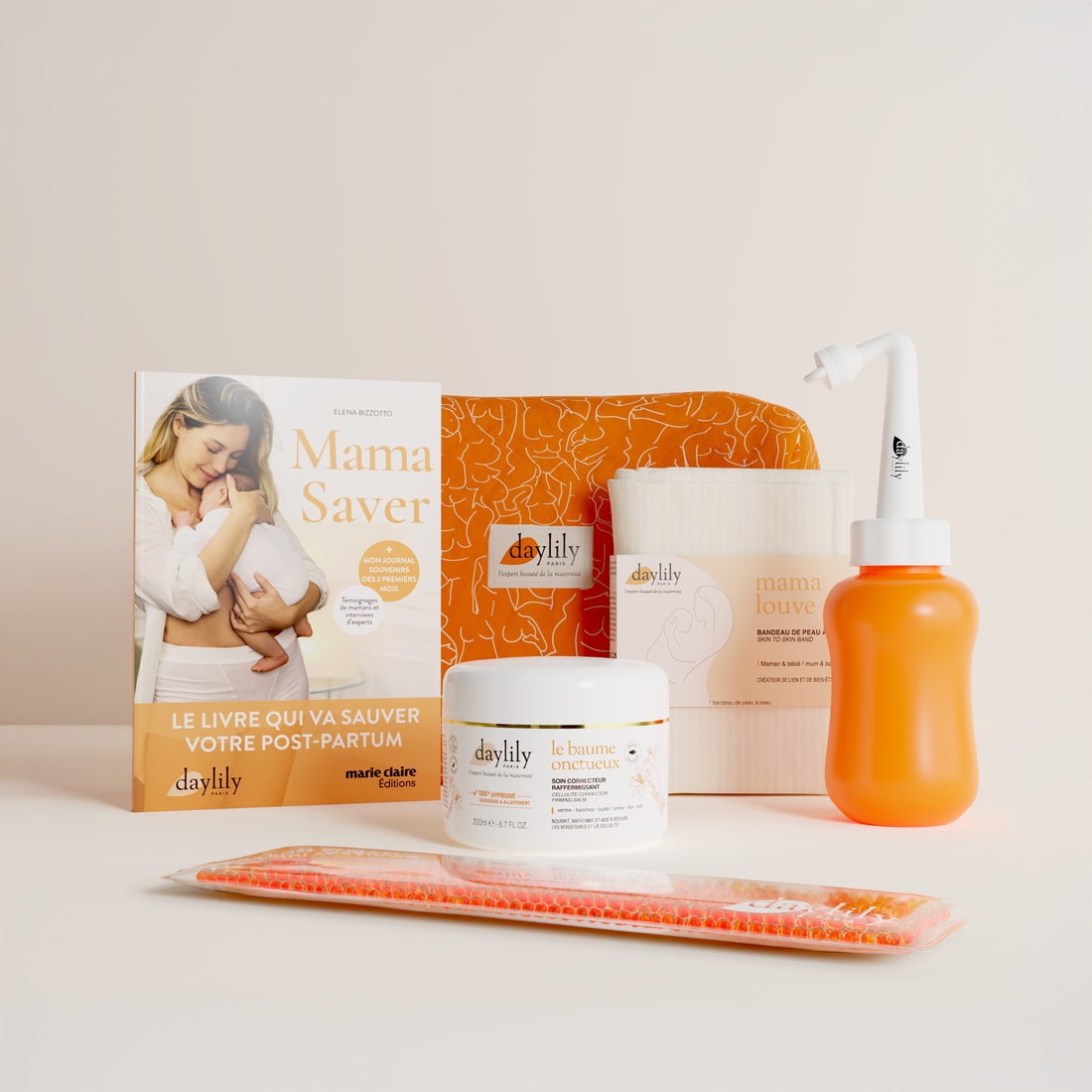
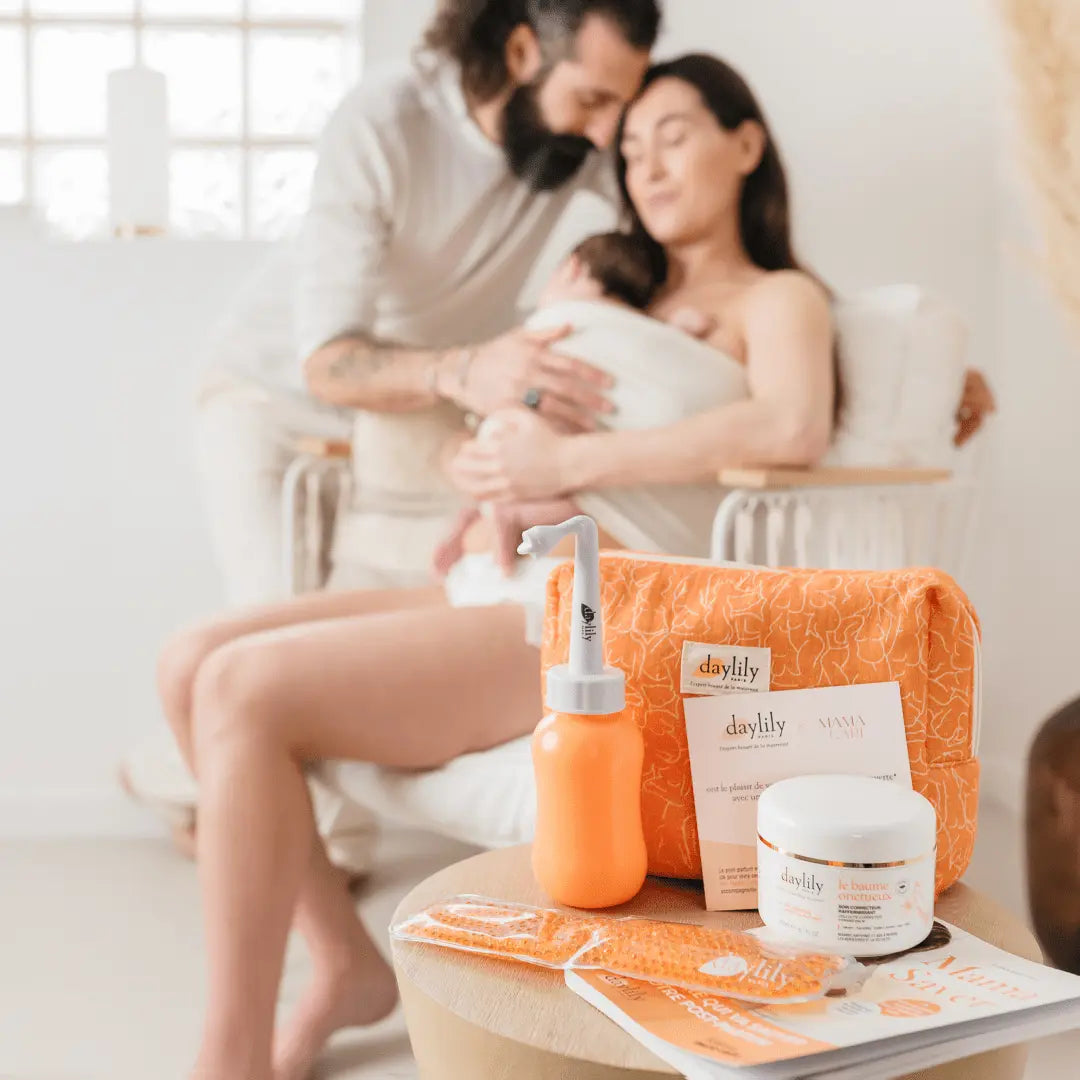
- Regular price
-
99,00 € - Regular price
-
167,80 € - Sale price
-
99,00 €
You can perform light massages in the lower abdomen, between the navel and the pubis. Make slow circular movements, clockwise. To facilitate the massage (and make the gesture more pleasant), you can use, for example, Le Baume Onctueux, which is one of women's favorite post-partum treatments. All our treatments are natural, and certified without ingredients harmful to the health of the young mother and her child, so you can use them even if you are breastfeeding.
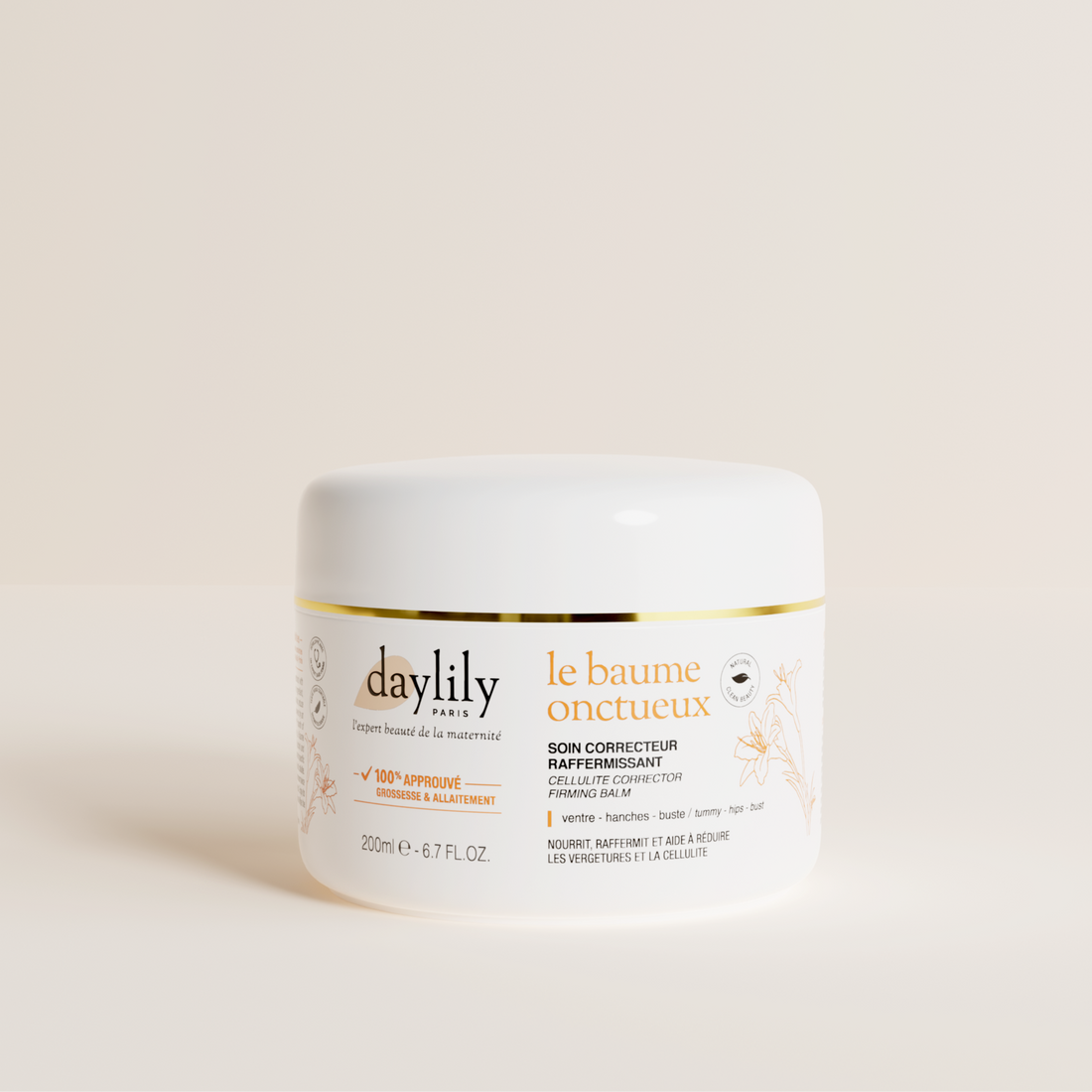
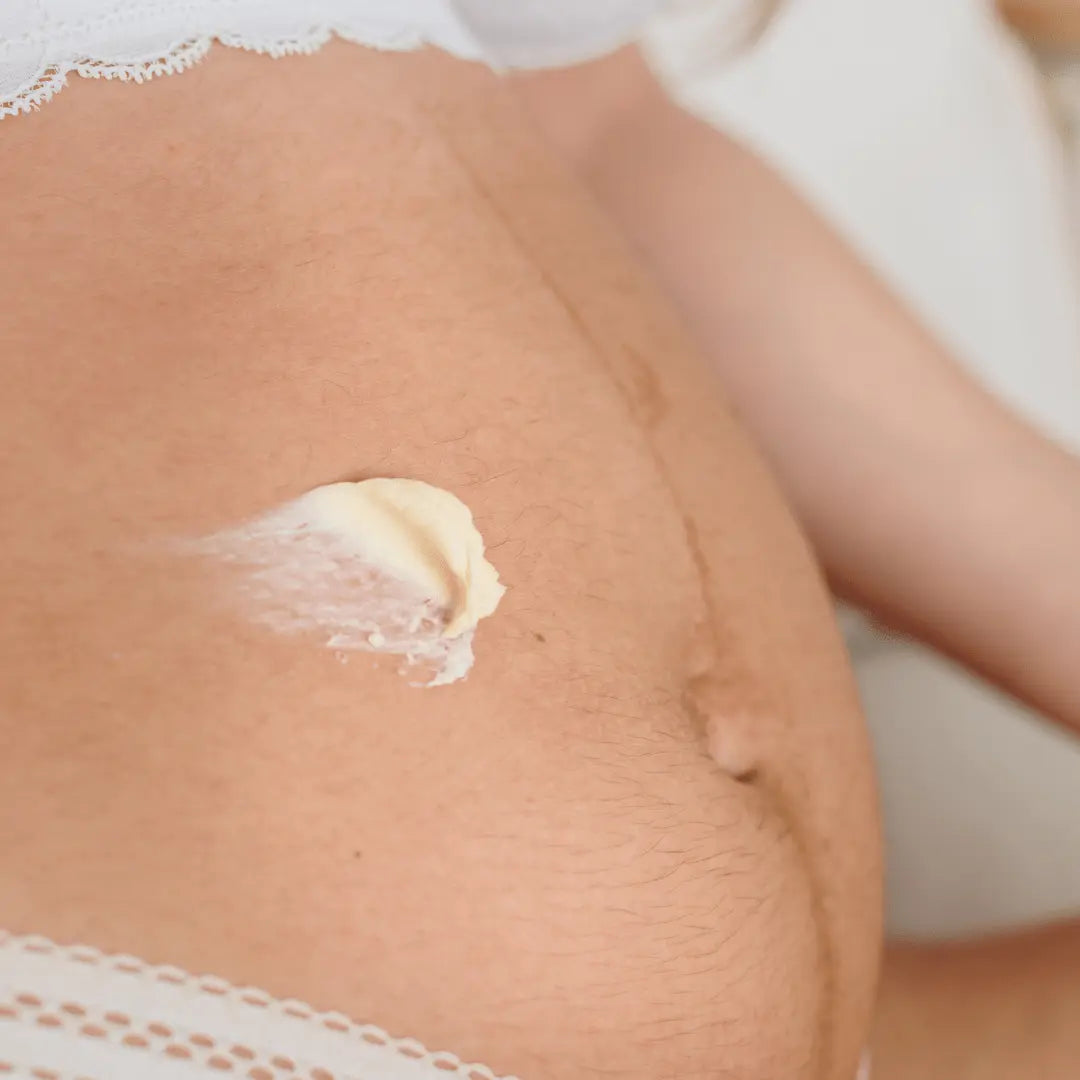
- Regular price
-
35,90 € - Regular price
-
- Sale price
-
35,90 €
What if the pain doesn't go away?
The trenches only lasted a few days. If the pain is still present after 7 days, if you have other symptoms (fever, increased discharge, foul odor, etc.), you may be suffering from a uterine infection. Consult your midwife or doctor: they will carry out the usual examinations and prescribe the appropriate treatment so that you can enjoy your first moments with baby in complete health and serenity!




